vitaly66
slightly tilted
Thank you, wow. Now, if only I had a Charis ;>This is very nice, reminds me of Edward Weston.
Last edited:
Thank you, wow. Now, if only I had a Charis ;>This is very nice, reminds me of Edward Weston.
Indeed!Thank you, wow. Now, if only I had a Charis ;>
The output, the final image is the same as is the sensor started life as monochrome , even if the camera menu options are designed for the original color model. I had the k3III monochrome for a couple of weeks to shoot side-by-side with it to confirm,.Your debayered K1 still has firmware which assumes colour input, which creates output different to a dedicated monochrome camera.
I do agree about Pentax lenses - why not just get a drawer full? They are plentiful, mostly inexpensive, and generally excellent. I bet that 1000mm f11 will be very interesting. It will turn all your out of focus specular highlights into sparkling little doughnuts too.
Marty
The camera firmware is still undertaking the debayering/demosaicing algorithm, unless you found someone to write you new firmware. That is a substantial difference.The output, the final image is the same as is the sensor started life as monochrome , even if the camera menu options are designed for the original color model. I had the k3III monochrome for a couple of weeks to shoot side-by-side with it to confirm,.
One thing I have to keep in mind on the K1m that I did not on the K3IIIm is using ISO 200 as base rather than 100 to help avoid blowing highlights. I also don't have the very helpful white balance setting that protects highlights.
For the absolute best results I have to pre-process the images using MonochrometoDNG since the camera reports itself as being color in Camera Raw. That said, most images aren't so critical that they need that special processing, but for certain usages it does make a notable difference.
Yes, Marty, I used highlight weighted on the K3III Mono, and it helps a lot, depending on the subject, of course. The converted K1M doesn't have that, and as a raw-only shooter, I miss that setting.
As for the demosaic process on a converted mono, doesn't that happen at the processing stage and not in camera? That's the reason I use Monochrome2DNG utility software as my first step if fine detail is of utmost importance. I end up with essentially full-time Pixel Shift without the alignment issues.

This one really pops. Nice work with the 70mm.
I don't disagree. Once in a while there's an image that simply won't process with Monochrome2dng. Who knows why? But that software isn't essential for processing, just improves the fine detail if it's required. Most of the time it is not. I also don't disagree that, in general, the dedicated Pentax monochrome is a better tool than converting a camera. My reason for keeping the K1Mono and not keeping the K3IIIm is 3-fold:Sure, but the camera firmware is leaving all the data in the file, and the Monochrome2DNG 16 bit converter is quite crude. Without the microlenses have you found problems with aliasing?
Maybe you can show us some comparison photos?
Edit: also, what editing software do you use? I had problems opening the output from some Monochrome2DNG files about 1 in 50 wouldn’t open in Lightroom and DxO won’t open them at all. Some wouldn’t open in Silver Efex either.
I might be articulating poorly: my view is that unless you need the colour information for a particular tonal or spectral representation, the best digital monochrome comes from dedicated cameras, and that problems emerge one way or another in converted cameras and files that can be minimised better in a monochrome file.
View attachment 4836210
. . .OK, now you are going to have to talk a bit about how you accomplished this, who did the work, and what the files look like. 😉I had already converted a K1 to mono, bought and paid for, before the K3IIIMono was a
These DA "limiteds" are terrific -- so good it feels like cheating ;>This one really pops. Nice work with the 70mm.
Samples attached. The only image that was processed, other than basic shadow/highlights, is the final one, woman with tea. All the shots were handheld including that Pentax Reflex 1000 F11 lens.Sure, but the camera firmware is leaving all the data in the file, and the Monochrome2DNG 16 bit converter is quite crude. Without the microlenses have you found problems with aliasing?
Maybe you can show us some comparison photos?
Edit: also, what editing software do you use? I had problems opening the output from some Monochrome2DNG files about 1 in 50 wouldn’t open in Lightroom and DxO won’t open them at all. Some wouldn’t open in Silver Efex either.
I might be articulating poorly: my view is that unless you need the colour information for a particular tonal or spectral representation, the best digital monochrome comes from dedicated cameras, and that problems emerge one way or another in converted cameras and files that can be minimised better in a monochrome file.
View attachment 4836210
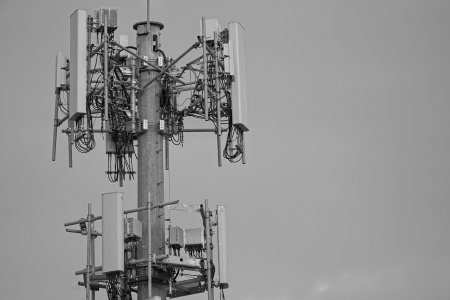
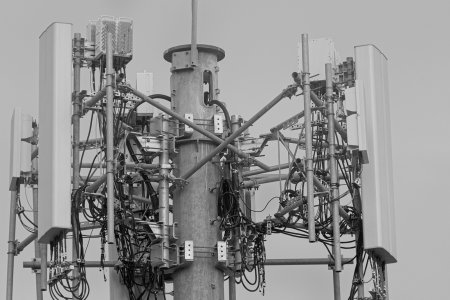
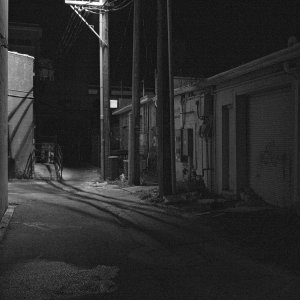
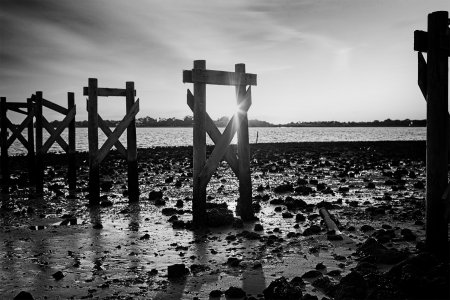
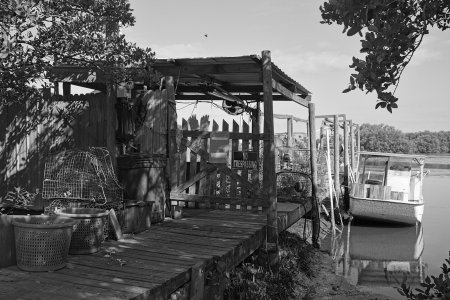

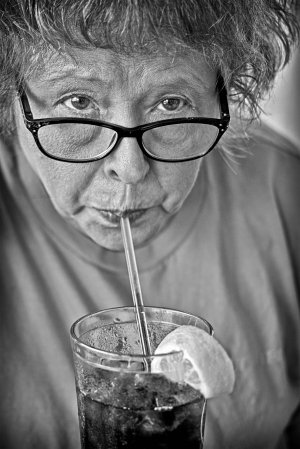
I'm VERY pleased with the file quality. The conversion was done by a member of Pentaxforums, who previously did a K3 for me. Turnaround was roughly three weeks, discounting the shipping time involved in sending my K1 to him and the return time. IIRC shipping added about another 3 weeks in total.. . .OK, now you are going to have to talk a bit about how you accomplished this, who did the work, and what the files look like. 😉
They have really nice tonality. The alley scene is noisier than I would expect for the ISO but I haven’t really used the KiMono in that environment so my only comparison is with the Leica Monochroms. Removing the microlenses in a conversion does decrease pixel fill, that might be part of it.I'm VERY pleased with the file quality. The conversion was done by a member of Pentaxforums, who previously did a K3 for me. Turnaround was roughly three weeks, discounting the shipping time involved in sending my K1 to him and the return time. IIRC shipping added about another 3 weeks in total.

